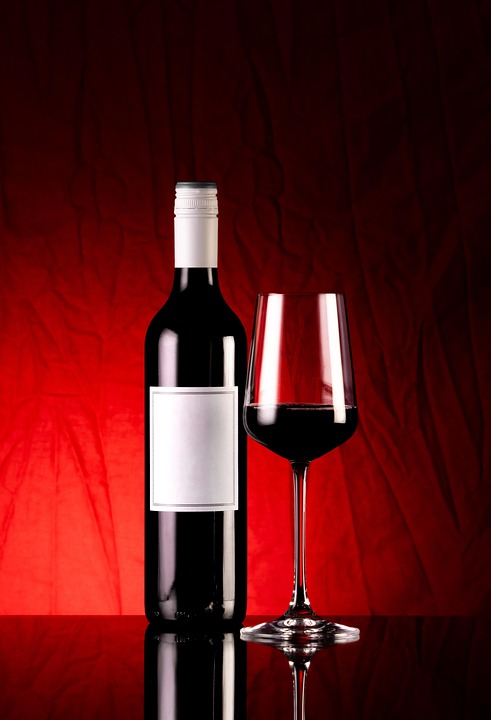Climate and Terrain Impact on Ripeness and Concentration in Rhône Wines
The Rhône Valley in France is known for producing some of the world’s most esteemed wines, particularly red wines made from Syrah, Grenache, and Mourvèdre grapes. The region’s unique climate and diverse terrain play a crucial role in determining the ripeness and concentration of these wines.
Climate Influence
The climate in the Rhône Valley is characterized by hot, dry summers and mild winters. This Mediterranean climate is ideal for grape growing, as it provides ample sunshine and warmth during the growing season. The heat helps to ripen the grapes fully, resulting in wines with rich flavors and high sugar levels.
The southern part of the Rhône Valley, known as the Southern Rhône, experiences even warmer temperatures, which can lead to higher levels of ripeness and concentration in the wines produced there. The intense heat encourages the grapes to develop deep, complex flavors, making wines from this region bold and full-bodied.
Conversely, the Northern Rhône has a cooler climate, with more pronounced temperature variations between day and night. This results in wines that are generally more elegant and structured, with higher acidity levels and less pronounced fruitiness. The cooler temperatures in the north can also help to preserve the grapes’ natural acidity, giving the wines a refreshing and balanced quality.
Terrain Influence
The terrain in the Rhône Valley is diverse, with a variety of soil types and elevations that can impact the ripeness and concentration of the wines produced. In the Southern Rhône, the flat plains and rolling hills provide excellent drainage for the vines, helping to regulate water retention and promote healthy grape development. The stony soils in this region also reflect heat back onto the vines, aiding in ripening the grapes.
In the Northern Rhône, the vineyards are planted on steep slopes that face south to maximize sun exposure. The rocky, granite-based soils in this part of the valley are well-draining and poor in nutrients, which can stress the vines and encourage them to produce more concentrated fruit. The combination of elevation, soil composition, and sun exposure in the Northern Rhône results in wines that are often more intense and age-worthy.
Industry Insights
The wines of the Rhône Valley are highly sought after by wine enthusiasts around the world, with many producers achieving critical acclaim for their exceptional quality. Some of the most prestigious appellations in the region, such as Châteauneuf-du-Pape, Hermitage, and Côte-Rôtie, are known for producing wines that showcase the unique characteristics of the climate and terrain.
In recent years, the Rhône Valley has seen a surge in popularity, with growing demand for its wines in both domestic and international markets. This has led to increased investment in vineyard expansion, modern winemaking techniques, and sustainable practices to ensure the continued success of the region’s wine industry.
Financial Data
According to industry reports, the Rhône Valley wine industry generates significant revenue each year, with total sales reaching millions of euros. The region’s wines are exported to numerous countries, contributing to the overall economic growth of the area.
In conclusion, the climate and terrain of the Rhône Valley have a profound impact on the ripeness and concentration of the wines produced there. The unique combination of hot summers, cool nights, diverse soils, and steep slopes creates a terroir that is ideal for cultivating grapes with complex flavors and exceptional quality. As the region continues to evolve and innovate, the wines of the Rhône Valley are sure to remain a benchmark of excellence in the world of winemaking.


